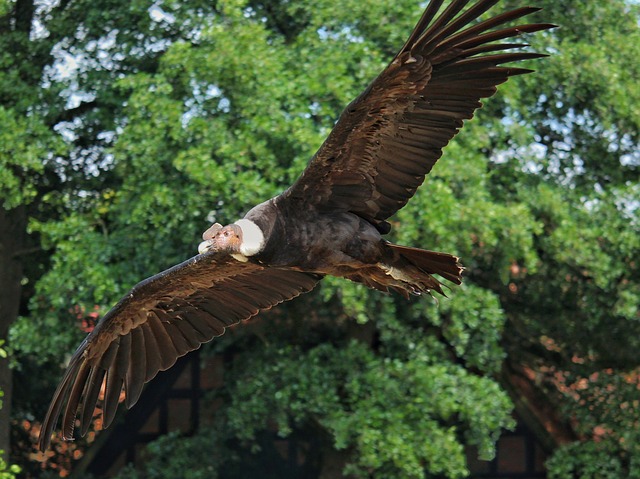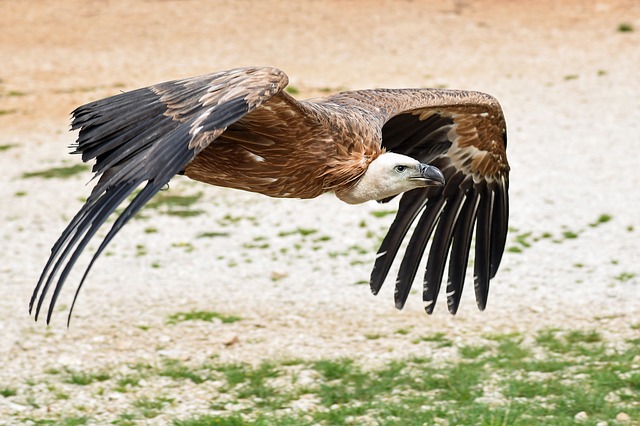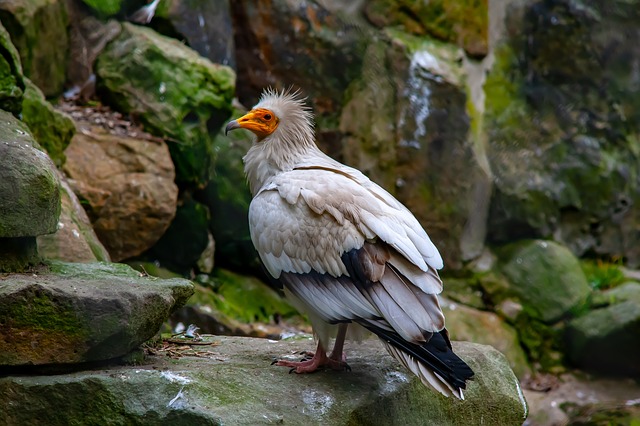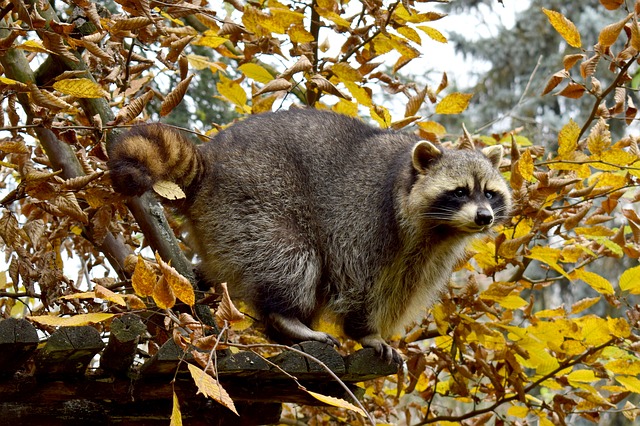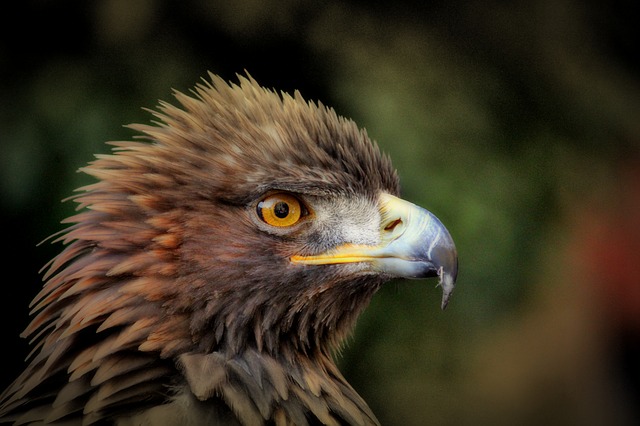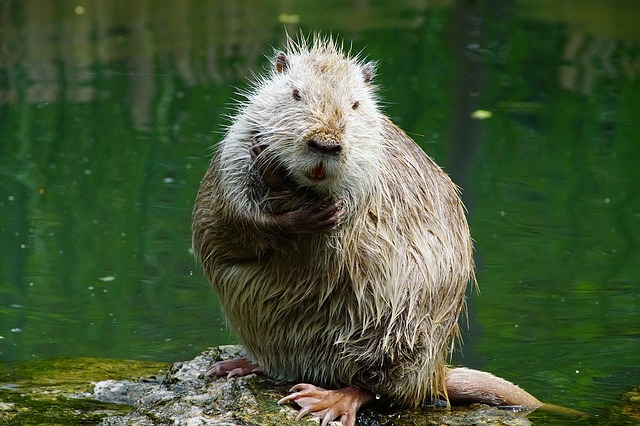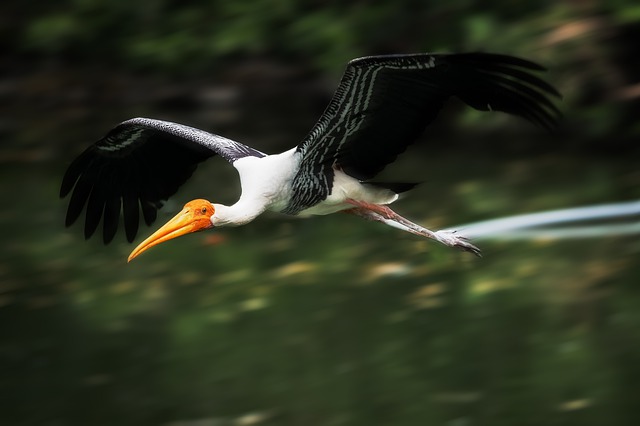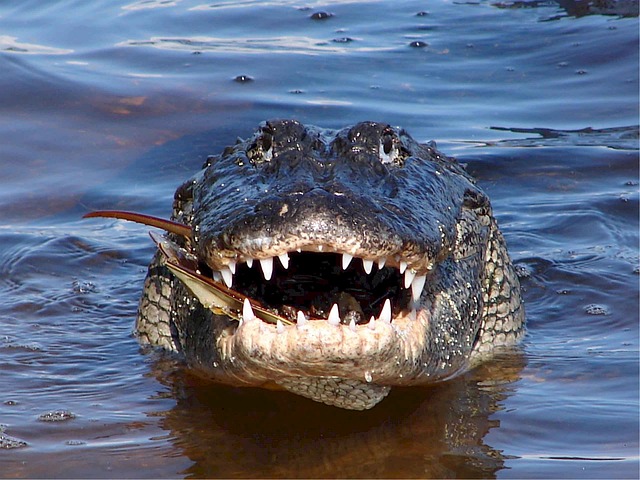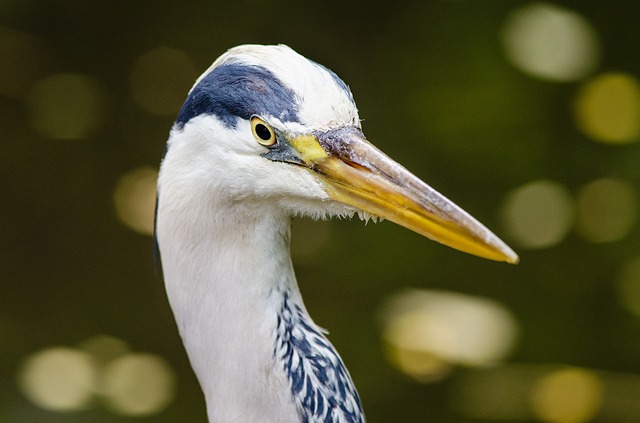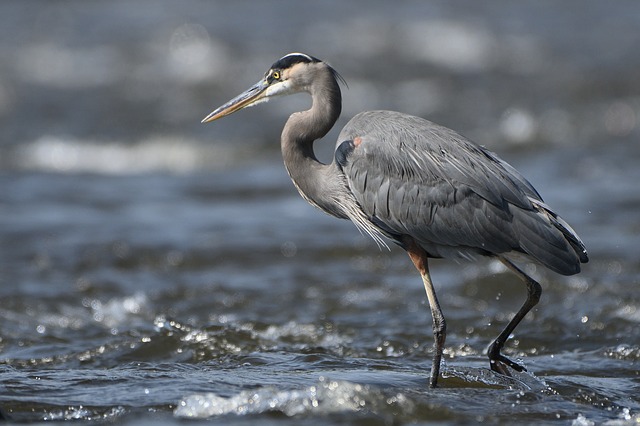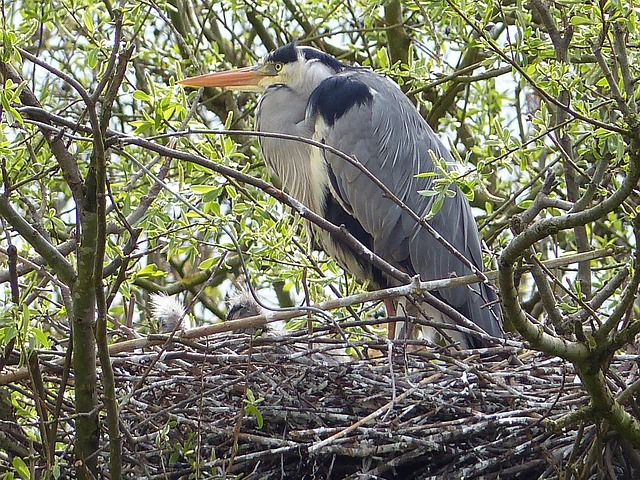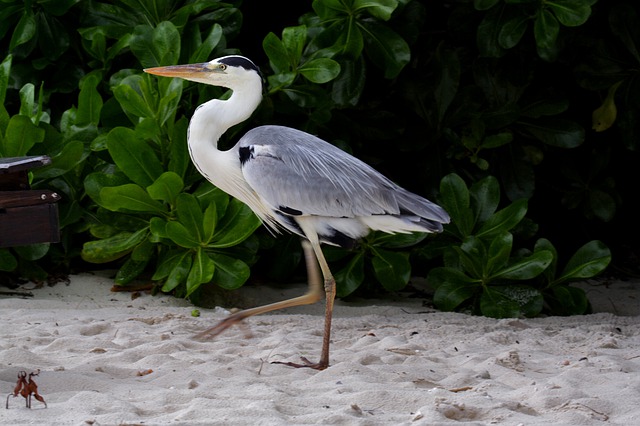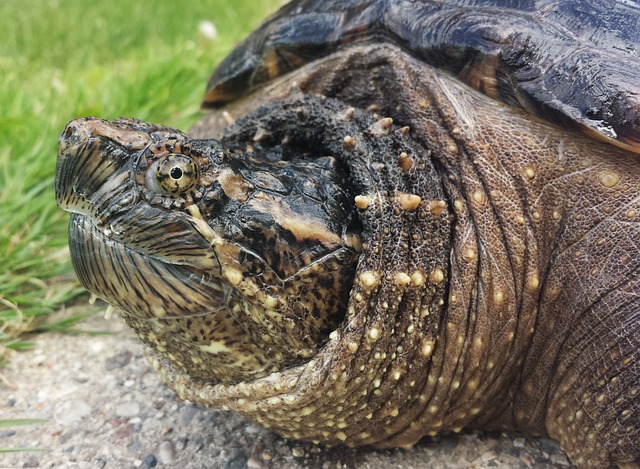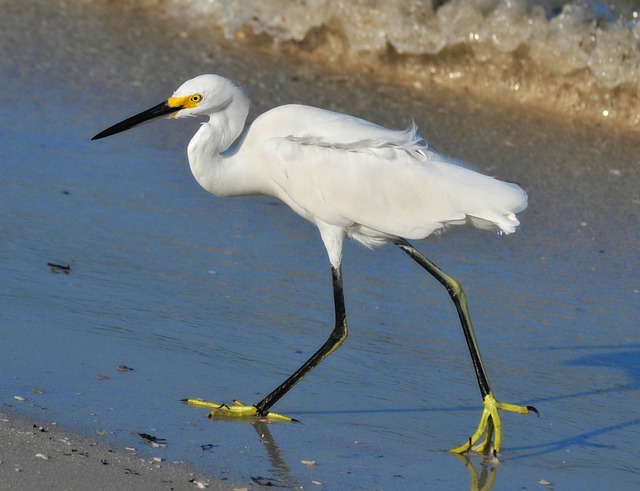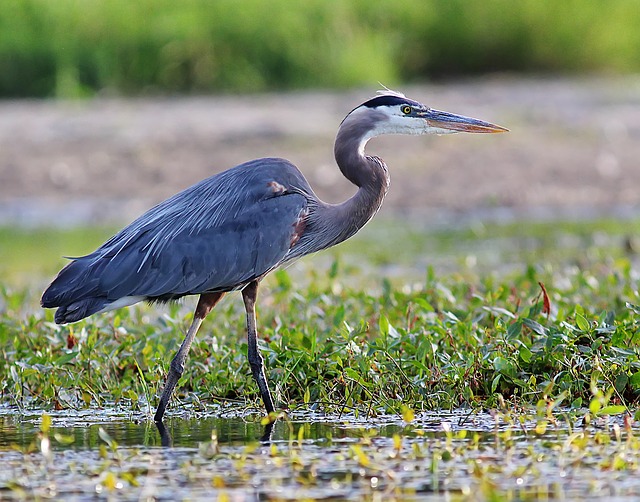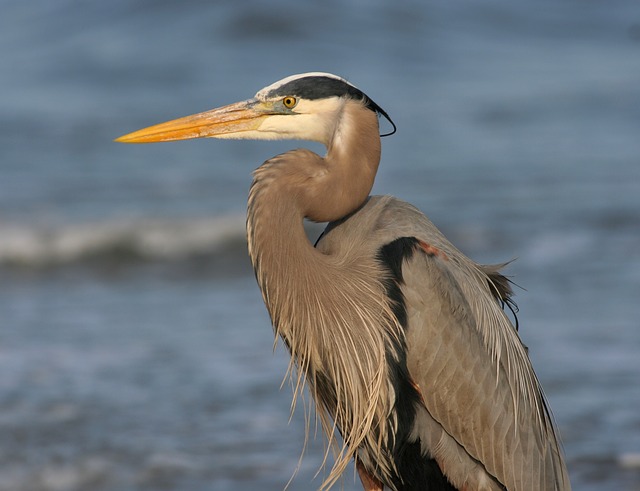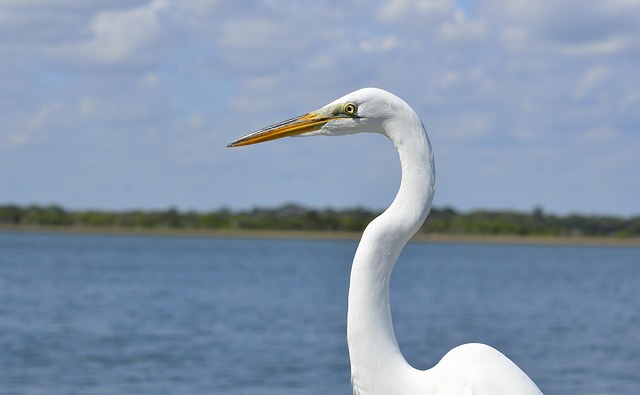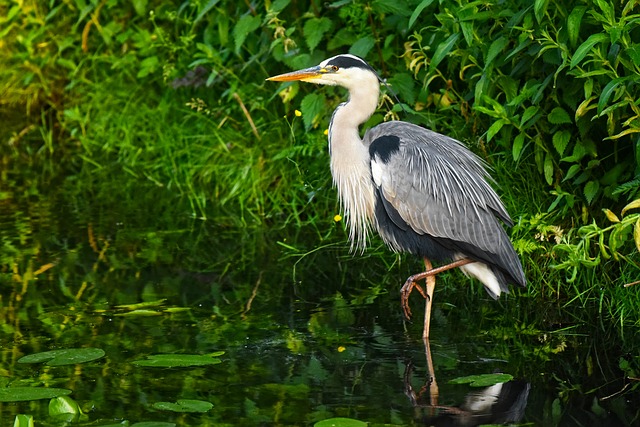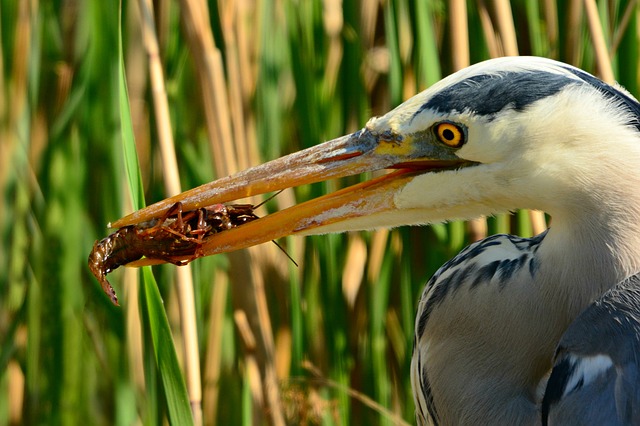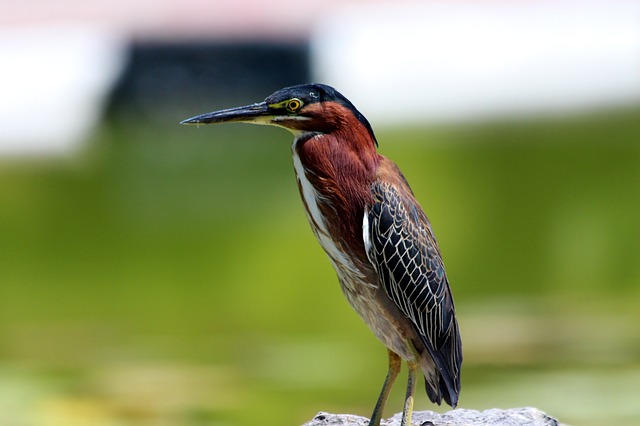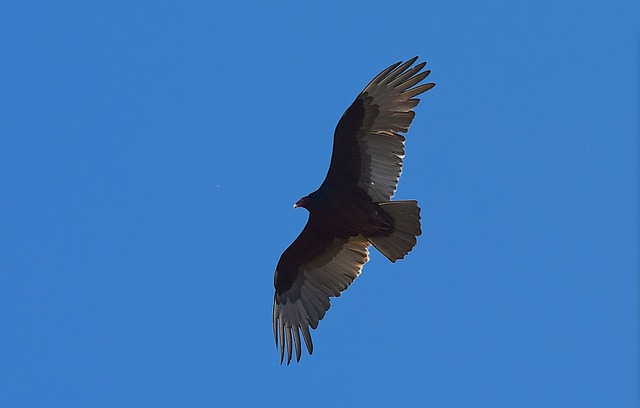
Vultures may not be known for their good looks however they do play an incredibly important role in the food chain and when it comes to preventing disease. There are many other interesting things you’ll want to know about these often misunderstood birds as well. So here are some of the most amazing vulture facts.
The Largest Vulture Is The Andean Condor
The Andean condor is a huge bird and is considered to be the largest vulture species. Its wingspan can reach close to an astounding eleven feet wide. These huge birds use their wide wingspan to help them glide on top of air currents which uses less energy than flapping their wings. The Andean condor also happens to be the heaviest flying bird in the world.
They’re Not Really Buzzards
It’s not uncommon to hear vultures referred to as buzzards. The turkey vulture in particular is often called the turkey buzzard, and the black vulture is called the black buzzard. However, vultures are not buzzards.
Buzzards are actually several species of hawks from the genus Buteo which are found in Europe, Asia, and Africa. When early colonists came to North America the vultures they saw looked similar to the buzzards they were familiar with and the name stuck. It is still commonly used although technically incorrect.
Vultures Have Highly Corrosive Stomach Acid
Vultures often eat rotting carcasses that are infected with dangerous bacteria. However, their stomach acid is extremely corrosive. This kills the bacteria, allowing the vulture to feed on carcasses infected with deadly bacteria without becoming infected themselves.
Vultures Function As Nature’s Cleanup Crew
Vultures play a vital role in the food chain. As scavengers, they help to eliminate the carcasses of dead animals. And in addition to cleaning up, this also helps to stop the spread of harmful bacteria and diseases that could have potentially spread to humans for instance anthrax and rabies. This is one of the vulture bird facts many people are surprised to hear considering the vulture often has a bad reputation.
Vultures Are Classified Into Two Main Groups
There are two main groups of vultures: the Old World vultures and the New World vultures. The two groups are not closely related. Old World vultures are found in Africa, Asia, and Europe and belong to the family Accipitridae. In contrast, New World vultures are found in the Americas and belong to the family Cathartidae.
The Hooded Vulture Is The Smallest Vulture Of All
The smallest vulture species is the hooded vulture. Found in sub-Saharan Africa it is about the size of a crow with a wingspan of around five feet. It has a pinkish-white head with a grey or black, “hood.”
New World Vultures Have Weak Feet
One of the main differences in the physical characteristics of the New World and Old World Vultures is their feet. The New World vultures have weak flat feet which cannot be used to grasp and are often compared to the feet of a chicken. In contrast, Old World vultures have strong feet with sharp talons which help them to feed on large animals with thick hides, although they are not suited for catching live prey.
Vultures Have Excellent Vision
Vultures spend much of their time soaring high above scanning the ground for potential meals. They, therefore, have top-notch vision. Some vulture species such as the turkey vulture also have an amazing sense of smell. One of the most interesting facts about turkey vultures is that they have the largest olfactory system of any bird. This gives them the ability to actually locate food by smell alone.
Most Vultures Have A Crop
To help them go through periods of time without eating, most vultures have a large pouch or crop in their throat. They use the crop to temporarily store food. When there is an abundance of food, they will gorge themselves causing their crop to bulge. And when disturbed by a threat they will empty their crop by vomiting to help them lighten their load and take off as quickly as possible.
A Group Of Vultures Is Called A Committee
One of the lesser-known vulture facts is that what you call a group of vultures depends on what they are doing. When they are resting in a tree or on the ground they are called a committee. A group of vultures in flight is known as a kettle. And a group of feeding vultures is called a wake.
Start Shopping for Birding Supplies!
Raccoon Pictures
Raccoons are easily recognizable by their black face mask and ringed tail. And there are many fascinating things about this intelligent nocturnal species. So we’ve compiled some of the best raccoon pictures to show you just how amazing and unique they are. Raccoon...
Eagle Pictures
Eagles are large powerful raptors with sharp talons and beaks. These apex predators are typically at top of the food chain and there are many interesting things about them. So we’ve compiled some of the best eagle pictures to show you just how amazing they are. Bald...
Nutria Pictures
Nutria are large semi-aquatic rodents from South America. In the United States where they were originally imported for the fur industry, they are an invasive species. Despite their pest status, there are many interesting things about them. So here are some of the best...
Stork Pictures
Storks are tall wading birds with long legs and necks. These amazing birds have many fascinating things about them. And we’ve compiled some of the top stork pictures to help show you just how interesting and beautiful they are. White Stork The white stork has a body...
Alligator Pictures
The American alligator is a large predatory reptile that inhabits the southeastern United States. It’s a fascinating animal with many interesting things about it. And we’ve collected some of the best alligator pictures to help show you just how amazing they are....
How Long Do Great Blue Herons Live?
The life expectancy of birds is known to be closely related to their size. So as the biggest heron species in North America, how long do great blue herons live? The average life expectancy for these large birds is around fifteen years. However, surviving their first...
Where Do Great Blue Herons Live?
The great blue heron is considered to be the most widespread heron in North America. So exactly where do great blue herons live? Here’s what you’ll want to know. Great Blue Heron Range The great blue heron is found throughout most of the North American continent. In...
Where Do Great Blue Herons Nest?
While many of us have seen great blue herons their nesting habits often remain a mystery to most people. That’s because they purposely nest in hard-to-reach places. So where do great blue herons nest? Here’s the answer. A Colony Nester Typically great blue herons nest...
Do Great Blue Herons Migrate?
Do great blue herons migrate? This is something many people wonder about, especially if they’ve seen a heron during the cold winter months. And the answer is both yes and no. Here’s what you’ll want to know. Great Blue Heron Range The great blue heron has a large...
Great Blue Heron Pictures
Few species of birds are as tall, elegant, and attractive as the great blue heron. So we’ve compiled some of the best great blue heron pictures for you to admire and help you to learn more about this amazing bird! Great Blue Heron Head The head of the great blue heron...
What Do Snapping Turtles Eat?
Many people are familiar with the fact that snapping turtles have an incredibly strong bite. They use their strong jaws and sharp beak not just for defense but also for catching food. So what do snapping turtles eat? Here's what you'll want to know. Snapping turtles...
Birds That Look Like Egrets
Egrets are predatory birds that hunt and live in a range of both freshwater and saltwater habitats. These birds are usually white, and have S-shaped necks, long legs, and dagger-like beaks. However, they are often mistaken for several other types of birds that look...
Birds That Look Like Storks
Storks are large wading birds with robust bills and long legs. These tall carnivorous birds are well-known for their wide wingspans and also for building huge nests. However, they are often confused with several other bird types that have a similar appearance. So...
Birds That Look Like Herons
Herons are tall birds with long slender legs and necks. And they often wade in the water when hunting for food. Yet there are several other types of birds that may be mistaken for them. To make things more confusing many of these birds also spend time in the water and...
Great Blue Heron Facts
The great blue heron is named for its size and the grey-blue color on its wings, stomach, and back. This species has many fascinating things about it. So here are the top great blue heron facts. It's The Largest North American Heron The great blue heron is a big bird...
Are There White Herons?
Are there white herons? This is something many people wonder especially after seeing a tall all-white bird. The answer is yes! And here’s a fast introduction to them. A White Color Morph Most people are familiar with the great blue heron, a large predatory and...
Great White Heron Facts
While many people are familiar with the great blue heron, they are often surprised to find out that there’s also a great white heron. There are many things you’ll want to know about this stunning bird. So here are the top great white heron facts. The Great White Heron...
What Animals Eat Herons?
Because of their size and long sharp beaks, it can be hard to imagine that herons have any natural predators. While they do, they definitely don’t have nearly as many predators as most other types of birds. So what animals eat herons? Predators Of Adult Herons For...
What Do Herons Eat?
Great blue herons are often seen slowly wading in shallow water hunting for food. You may have even spotted one of these large birds in your own backyard pond. This leaves many people wondering: “What do great blue herons eat?” And here’s everything you’ll need to...
What Do Green Herons Eat?
The green heron is a secretive and small heron species. What it lacks in size however it makes up for in intelligence. It is particularly well-known for how it uses its smarts when hunting for food. So what do green herons eat? Read on to find out. Meet The Green...
